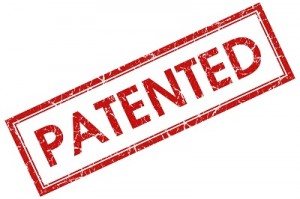Patents and inventions go hand-in-hand. A patent is a crucial piece to the invention puzzle, because it protects your idea by granting you the right to exclude others from making, using, offering for sale or selling the invention throughout the United States or importing the invention into the United States.

When a company considers an idea for a new product, it may be advised, “The first thing you need to do is file for your patent as quickly as possible.” Particularly now that the US is a “First-Inventor-to File” system, some patent service providers have made much of the idea of filing immediately. However, rushing to file an application before your idea is properly developed and researched can lead to wasted money, a false sense of security and dashed hopes. Some basic facts about patents:
1. Not all “ideas” are patentable. Abstract ideas, laws of nature, non-novel ideas, and obvious adaptations are just a few of the types of “ideas” that are simply not patentable.
2. Ideas that are not machines, compositions, a process, or a product (article of manufacture) are not the types of ideas that a utility patent addresses.
3. If you have not developed the idea to the extent that you are able to describe in sufficiently precise detail how the idea would work, or if you are not sure if it would work, then you do not yet have a patentable idea.
In short, yes, filing as soon as it is practical is important, but understanding when it is practical can avoid unnecessary cost and frustration.
Copyright Davison 2014
Sources:
http://www.uspto.gov/inventors/patents.jsp